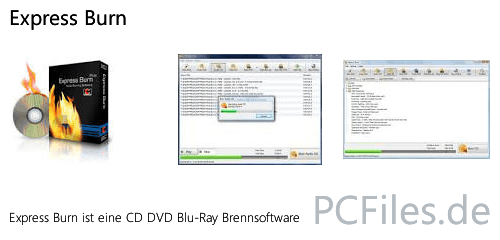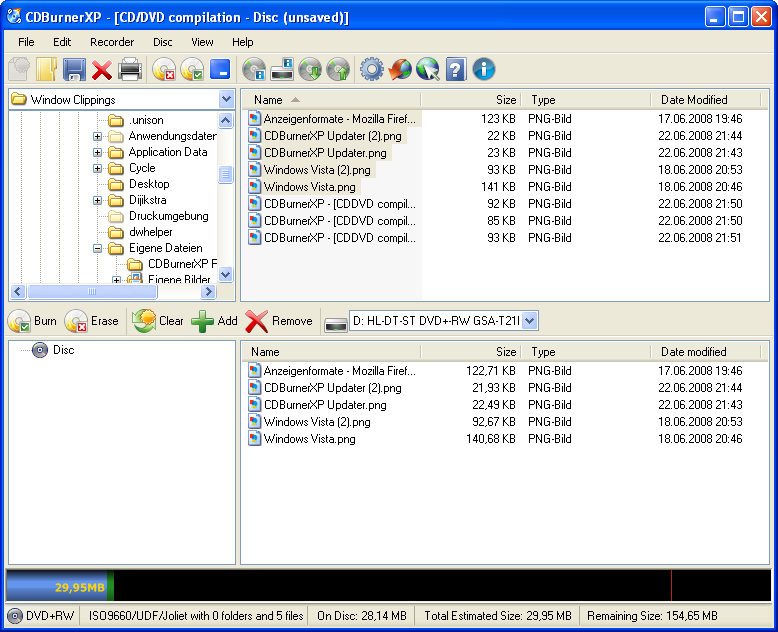
Approval for the study was granted by the Institutional Review Board of BWH. The database contains information on demographics, medications, laboratory values, microbiology data, procedures and the records of inpatient and outpatients. The objectives of this study were: 1) to determine the relationship between RDW at critical care initiation and all cause mortality 2) to determine the association between RDW critical care initiation and bloodstream infection.ĭata on all patients admitted to BWH or MGH between Novemand Decemwere obtained through a computerized registry which serves as a central clinical data warehouse for all inpatients and outpatients seen at these hospitals.


To explore the role of increased RDW in the outcome of the critically ill, we performed a multicenter observational study of 51,785 critically ill patients hospitalized between 19. Thus we hypothesized that inflammation in the critically ill, reflected by a higher RDW, may increase the risk for bloodstream infections and be related to patient survival. In a study of 47 surgical ICU patients from 1994, South African investigators reported 82% of cohort patients had wider RDW than control subjects.( 17) In a recent prospective single center study from China, investigators noted an 1.6 fold increase in hospital mortality (albeit inadequately adjusted) with increased RDW in 602 critically ill medical patients.( 18) Taken together, increased RDW is present in the critically ill and may be associated with adverse outcomes. ( 9– 12) Pro-inflammatory cytokines found in patients with SIRS including TNF-α, IL-6 and IL-1β are noted to suppress erythrocyte maturation, allowing newer, larger reticulocytes to enter the peripheral circulation and increase RDW.( 13– 14) Further, pro-inflammatory cytokines can have direct inhibitory effects on half-life of red blood cell circulation, and deformability of the red blood cell membrane which in turn can manifest as an increase in RDW.( 13, 15– 16) These observations provide support for the biologic plausibility of RDW as a marker of inflammation in critical illness.ĭespite these observations, the prevalence of increased RDW and its significance in critical care are not well studied. In general, RDW is reflective of inflammation.( 2) In the general population and in those with heart failure, higher RDW is associated with increases in ESR and the inflammatory markers IL-6, C-reactive protein and receptors for TNF I and II. By its definition, the RDW is nonspecific as to the mean RBC size or the nature of the cells counted, and an elevated RDW is thus associated with multiple disease processes.Īlthough not routinely utilized in critical care, RDW is a strong predictor of mortality in the general population of adults aged 45 and older.( 1) In outpatients, RDW predicts all-cause mortality in addition to risk of death from cardiovascular disease, cancer, and chronic lower respiratory tract disease, even after adjusting for anemia and related nutritional deficiencies.( 2) In patients with symptomatic chronic congestive heart failure, an increased RDW is independently associated with all-cause mortality.( 3) In acute heart failure, increased RDW at the time of hospital admission is associated with increased risk of 1-year mortality.( 4) Further, higher baseline RDW independently predicts subsequent risk of both cardiovascular death and all-cause mortality in those with acute stroke.( 5) Although the mechanism of a RDW-mortality association is unclear, the association may be related to inflammation and the contribution of inflammation to the pathophysiology of disease.( 2, 6– 8) Any process that results in the release of reticulocytes into the circulation will result in an increase in RDW. The normal range of RDW is 11.5–14.5% with no clinical scenarios that produce RDW less than 11.5%. RDW is widely available, inexpensive and included in the complete blood count panel.

The individual RBC sizes are determined in an automated fashion by flow cytometry. RDW is calculated as the standard deviation in red blood cell (RBC) size divided by the mean corpuscular volume (MCV). Red blood cell distribution width (RDW) is an expression of the variation in size of the red blood cells that make up the total population in an individual patient. Estimating the ROC AUC shows that RDW has moderate discriminative power for 30-day mortality (AUC = 0.67).

RDW was a particularly strong predictor of all cause mortality 30 days following critical care initiation with a significant risk gradient across RDW quintiles following multivariable adjustment: RDW 13.3–14.0% OR 1.19 (95% CI, 1.08–1.30 P 15.8% OR 2.61 (95% CI, 2.37–2.86 P15.8% quintiles, respectively, compared with those with RDW ≤13.3%.


 0 kommentar(er)
0 kommentar(er)
